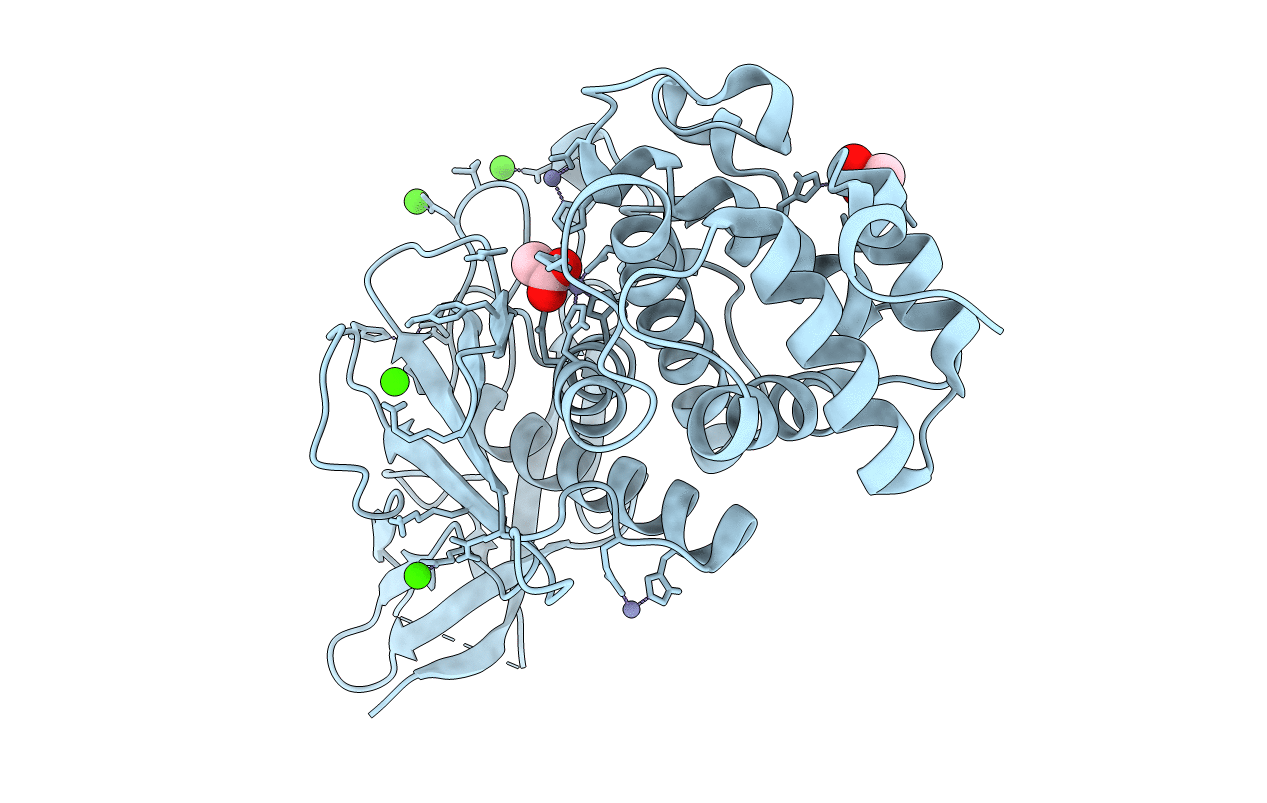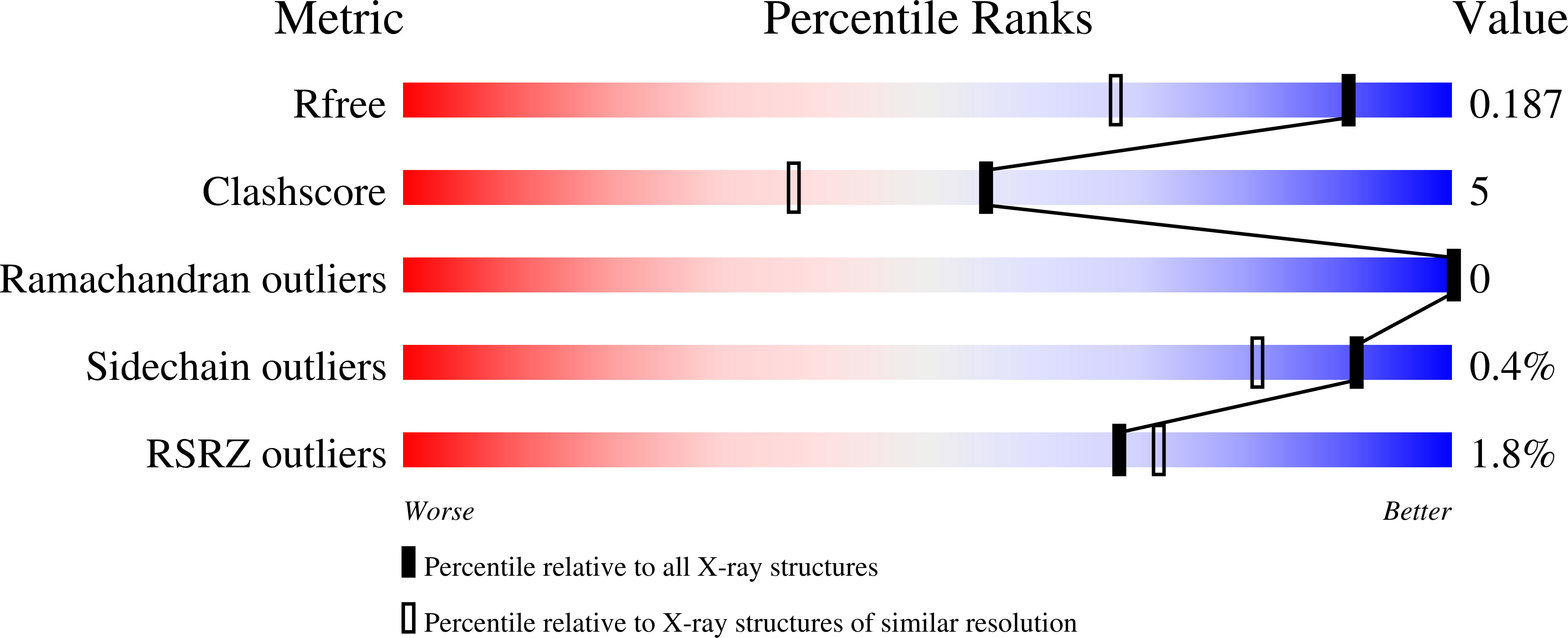
Deposition Date
2020-03-11
Release Date
2021-02-03
Last Version Date
2024-11-13
Entry Detail
Biological Source:
Source Organism:
Legionella pneumophila (Taxon ID: 446)
Host Organism:
Method Details:
Experimental Method:
Resolution:
1.48 Å
R-Value Free:
0.18
R-Value Work:
0.16
R-Value Observed:
0.16
Space Group:
P 21 21 2


